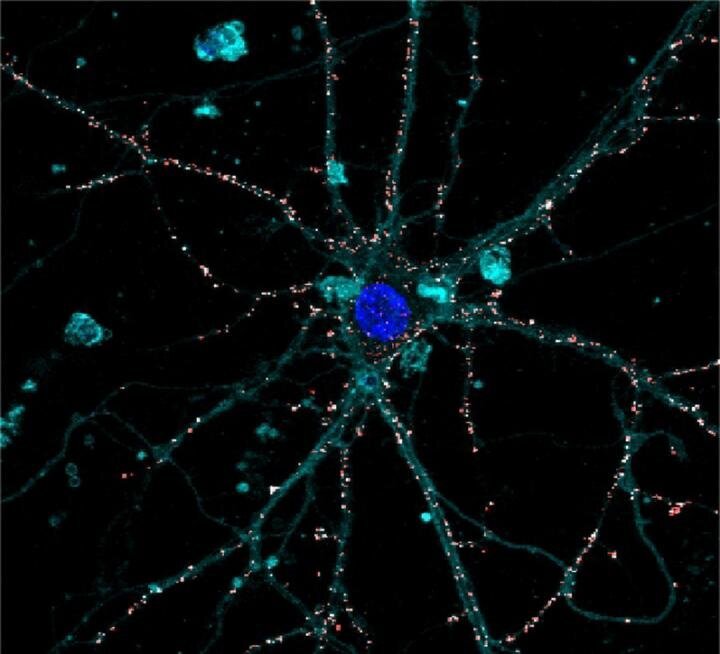
Credit: Italian Institute of Technology (M. Bramini)
The data collected show also that the innovative experimental technique represents a valid alternative to the methods used to date to restore the photoreceptive capacity of retinal neurons while preserving their spatial resolution, laying a solid foundation for future clinical trials in humans. Moreover, the development of these photosensitive nanomaterials opens the way to new future applications in neuroscience and medicine.
“Our experimental results highlight the potential relevance of nanomaterials in the development of second-generation retinal prostheses to treat degenerative retinal blindness, and represents a major step forward,” Fabio Benfenati commented. “The creation of a liquid artificial retinal implant has great potential to ensure wide-field vision and high-resolution vision. Enclosing the photoactive polymers in particles that are smaller than the photoreceptors increases the active surface of interaction with the retinal neurons, and allows to easily cover the entire retinal surface and to scale the photoactivation at the level of a single photoreceptor.”
“In this research we have applied nanotechnology to medicine,” concludes Guglielmo Lanzani. “In particular in our labs we have realized polymer nanoparticles that behave like tiny photovoltaic cells, based on carbon and hydrogen, fundamental components of the biochemistry of life. Once injected into the retina, these nanoparticles form small aggregates the size of which is comparable to that of neurons, that effectively behave like photoreceptors.”



































